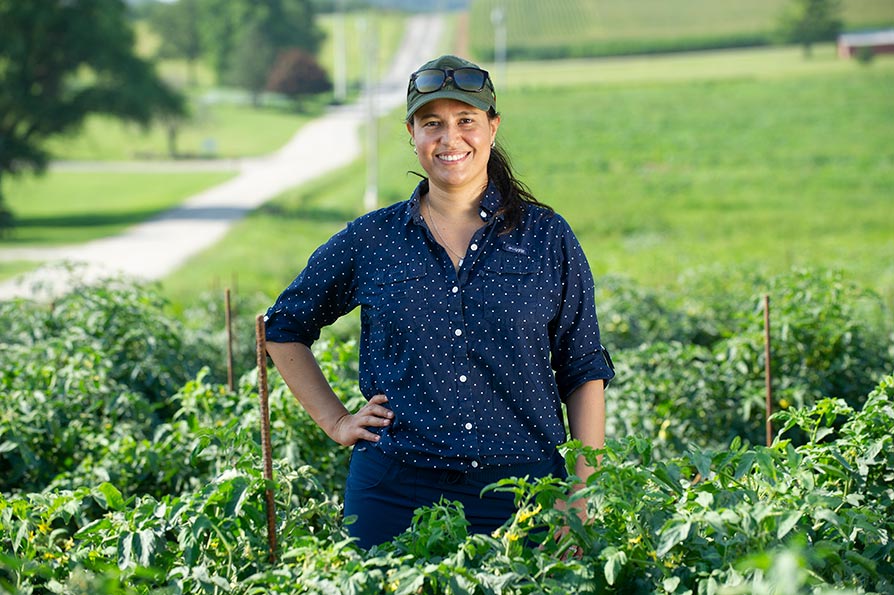Almond Board Hosts Environmental Tour
The Almond Board of California hosted its 10th annual environmental tour recently with stops at several orchards and talks from growers, a pest control adviser and a University of California Cooperative Extension farm advisor.
Every year, the committee hosts an orchard tour for regulatory officials and the media to highlight the many on-farm environmentally friendly practices growers engage in. The Almond Board has been recognized for its environmental leadership by the U.S. EPA with a Champion for Pesticide Environmental Stewardship award for exhibiting “an extraordinary level of commitment to protecting human health and the environment.”
The Board has also been honored twice with an IPM Innovator award by the California Department of Pesticide Regulation. DPR was out in full force on this year’s tour with about a dozen representatives, including the department’s chief, Brian Leahy.
The growers included Gordon Heinrich, who farms 650 acres of mostly almonds and walnuts. He noted that because he farms in 20 different locations, he has quite a challenge in determining the best irrigation, nutrition and general soil management approaches, which are changing all the time. “We’re an evolving industry,” Heinrich told the crowd, which numbered nearly 100. “New technology, new techniques, are coming along all the time.”
The other grower who addressed the tour participants was Garrett Bowman, who delved into both fertilizer and water management. He said he was gratified by the recent UCCE studies showing it was best to take nutrient level samples early in the growing season. He noted that growers have come a long way from when they used to apply all nitrogen in the fall, when recent studies show 80% of N use is after bloom and before hull split.
Bowman added that he hopes to see further technology developed that will allow growers to precisely determine nutrient levels. “There’s nothing available to tell the grower at any one time how much nitrogen is available, like you can do for moisture with a pressure bomb,” he said.










